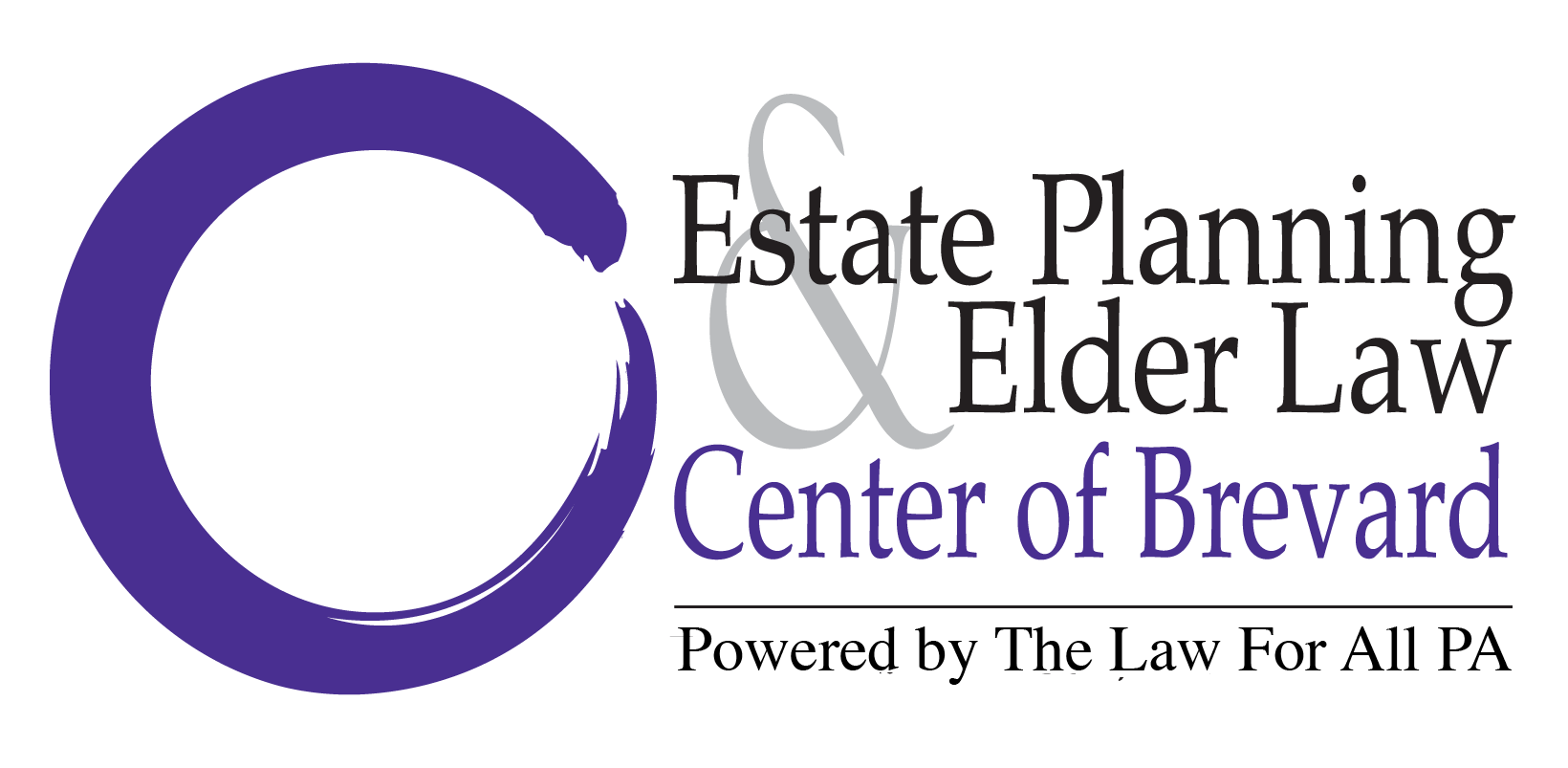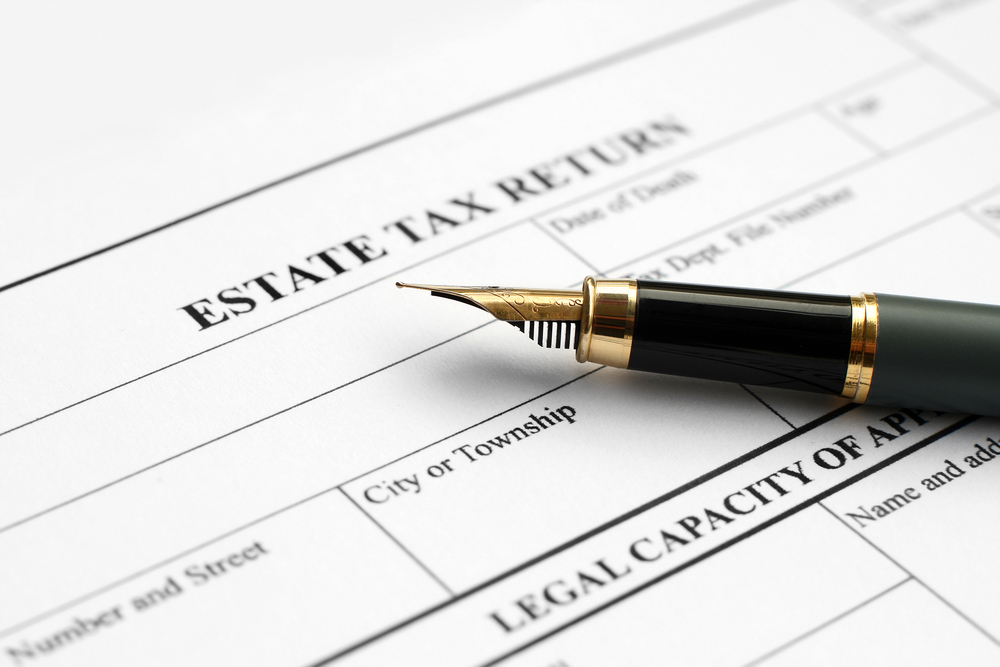Minimizing Estate Taxes Many people assume that when they establish a revocable living trust, property…
Do T-Bonds Fit in a Retirement Portfolio?
Saving for retirement involves a variety of investments, including domestic and international stocks, mutual funds, cash and bonds. T-bonds are liked by many people, because they are backed by the “full faith and credit” of the U.S. federal government. However, are they right for everyone?
T-bonds are generally used as a means of decreasing the risk of a portfolio because they are considered safe and dependable. They pay a steady rate of interest throughout the bond term, and interest payments are exempt from state and federal taxes. However, they don’t earn as much as equities, and their use has to be balanced with the rest of the portfolio.
Investopedia’s recent article asks “Is a Treasury Bond a Good Investment for Retirement?” The article says that those benefits don’t make these instruments equally appropriate for all investors as a significant part of their retirement portfolio. A big factor is the investor’s age when buying the bond.
The return on most T-bonds is tied to the five-year Treasury rate. Many have a lengthy term. Therefore, T-bonds offer a low annual return—about 3% in recent years. As a result, the returns on T-bonds are hardly keeping pace with inflation, which has been in the 2% range. Those earnings also are less than those for less conservative investments, like the stock market, which have yielded many times the returns for T-bonds over time.
Even so, there’s still a small space in a retirement account of a young investor for the safety and steady interest payments provided by T-bonds.
The amount of T-bonds one should consider having in a portfolio depends on factors such as your level of comfort with risk. However, a rule of thumb is that investors should formulate their allocation among stocks, bonds and cash by subtracting their age from 100. The result shows the percentage of a person’s assets that might be invested in stocks, with the rest spread between bonds and cash. So with this formula, a 25-year-old should consider holding 75% of their portfolio in stocks and just 25% in cash and bonds.
As you near or begin retirement, adding bonds and other safer investments as a majority of your retirement portfolio can be wise. With their consistent interest payments and guarantee by the federal government, T-bonds can offer a great income stream after the paychecks end. T-bonds are available in shorter terms than traditional savings bonds, or EE bonds, and can be staggered to create a continuous stream of income for retirement.
There’s one type of Treasury bond that even offers a measure of protection against inflation and its effects on the buying power of your portfolio. These inflation-protected T-bonds are called I bonds. They have an interest rate that combines a fixed yield for the life of the bond with a portion of the rate that varies according to inflation.
Your age and tolerance for risk needs to be a factor in any investment decision. A younger person is able to take on more risk, since they have a longer window of time to recover from any downturn. The ratios of stocks to bonds prescribed for seniors has changed, in part due to longer life expectancies. However, you also have to be able to sleep at night, so find the risk level that works best for you.
Reference: Investopedia (June 4, 2019) “Is a Treasury Bond a Good Investment for Retirement?”



